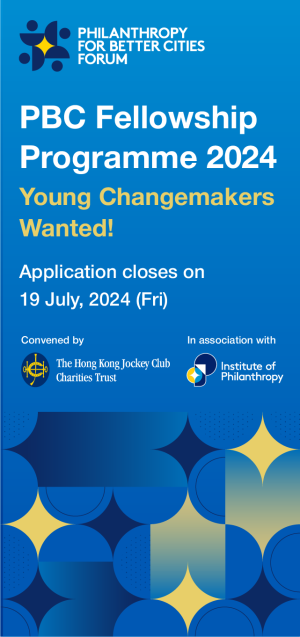The word access contains a bit of a paradox within – you cannot have access unless you have access! Especially in the context of technology deployed between the state and the citizens, access is impossible without having access to technology in the first place aka the digital divide. This piece attempts to understand how the digital divide is manifested, the implications for empowerment and inclusion and agency, and map out some opportunities for the philanthropy sector to intervene.
Technology can undoubtedly play a critical role in connecting citizens and the state. The Covid-19 pandemic has made apparent the enormous gap between the state and the citizen, and technology can bridge this gap. Digital solutions can offset the opportunity costs. For many, taking a day off from work is costly due to the loss of the day’s wages. Easily accessible and navigable technologies may help many citizens to make claims of the state, get benefits and transact. Also, governments struggle to serve citizens because of the unavailability of information, and technology can enable the generation of data. With careful design, appropriate protections, and accountability mechanisms, technology can help make problems visible.
Access to the state is broken for some vulnerable groups, and these can be entrenched over time. Women, migrants, sexual minorities, and persons with disabilities experience greater difficulties in access. This is both because of broken design – which does not solve for inclusion – and the operation of social and power structures – which oppress minorities, women, and others.
Building for the last mile requires us to start from the lived realities of accessing the state. Ongoing empirical research at Aapti Institute (as yet unpublished), in the context of government technology, reveals breakdowns in the ground in awareness of rights with respect to the state and of the availability of digital solutions, and around the ability to navigate digital solutions and trust the state. One respondent we interviewed, said, ‘What apps are these? Why would I use them when I have never asked the government anything – they don’t see people like us’ – highlighting struggles with both awareness and ability in one sentence. Breakdowns in access amplify gaps in state accountability, especially for the most vulnerable. At their worst, access breakdowns encode and widen decades old oppressions that operate along the lines of caste, gender and community.
However, it is the very lived realities of how people navigate circumstances to access the state that gives us hope. Our research is also showing the continued role of the civil and political society in bridging the gap between citizen and state. A wide range of formal and informal community based organizations play a significant role in going beyond their mandates to ensure access in a wider context in a variety of domains. Non Government Organisations (NGOs) that work in disparate areas, go beyond their mandates to help citizens file grievances and make claims. One respondent pointed out, “If I have any trouble, I go to Radha ma’am. She runs an NGO which works in schools, but her team is always there to help out”. Local political leadership – both informal community-level leaders and elected officials – also help in bridging gaps by directly interfacing with government officials.
Investing and supporting such offline architectures can unlock access for many. Knowing that technology limits inclusivity by its capabilities, leaning on offline architectures where relevant can impact technology deployment, uptake, and ultimately access on the ground. It is also critical to build on these functional gains and embed cultures of inclusion in technology design. In doing this, inclusion by design as an approach offers a pathway. Inclusion by design means thinking about and being responsive to the causes of lack of inclusion within design. Care must be taken to move from design principles to enforceable inclusion, through determining the right levels of accountability and liability. Simultaneously, we must think of how to retrofit solutions around inclusion.
Philanthropies can play a role in both arenas. Thoughtful investments to support offline architectures, while building protections for the harms that may accompany such engagement is critical. This includes building empirical evidence of the impacts and harms, supporting pilots and trials in multiple domains and contexts, as well as thinking about ways to engage governments and policy makers on this. Examples could be to support research on the pros and cons of different types of architectures, pilots and sandboxes to explore programs, and engagement with governments on the benefits of such efforts. Inclusion by design additionally requires staunch efforts to build bridges between communities and technology developers. At present design processes are often separated from community and lived realities.
The starting point of all this is to acknowledge that access to the state and one’s rights is central to human well-being, liberty and happiness. Community institutions play a critical and enduring role in this. Technology-enabled access to the state can be one of many rallying points around which groups of citizens come together to assert democratic rights.
This artice was first published by WINGS on 29 September 2020.
Dr Sarayu Natarajan is Founder of the Aapti Institute.






Comments (0)